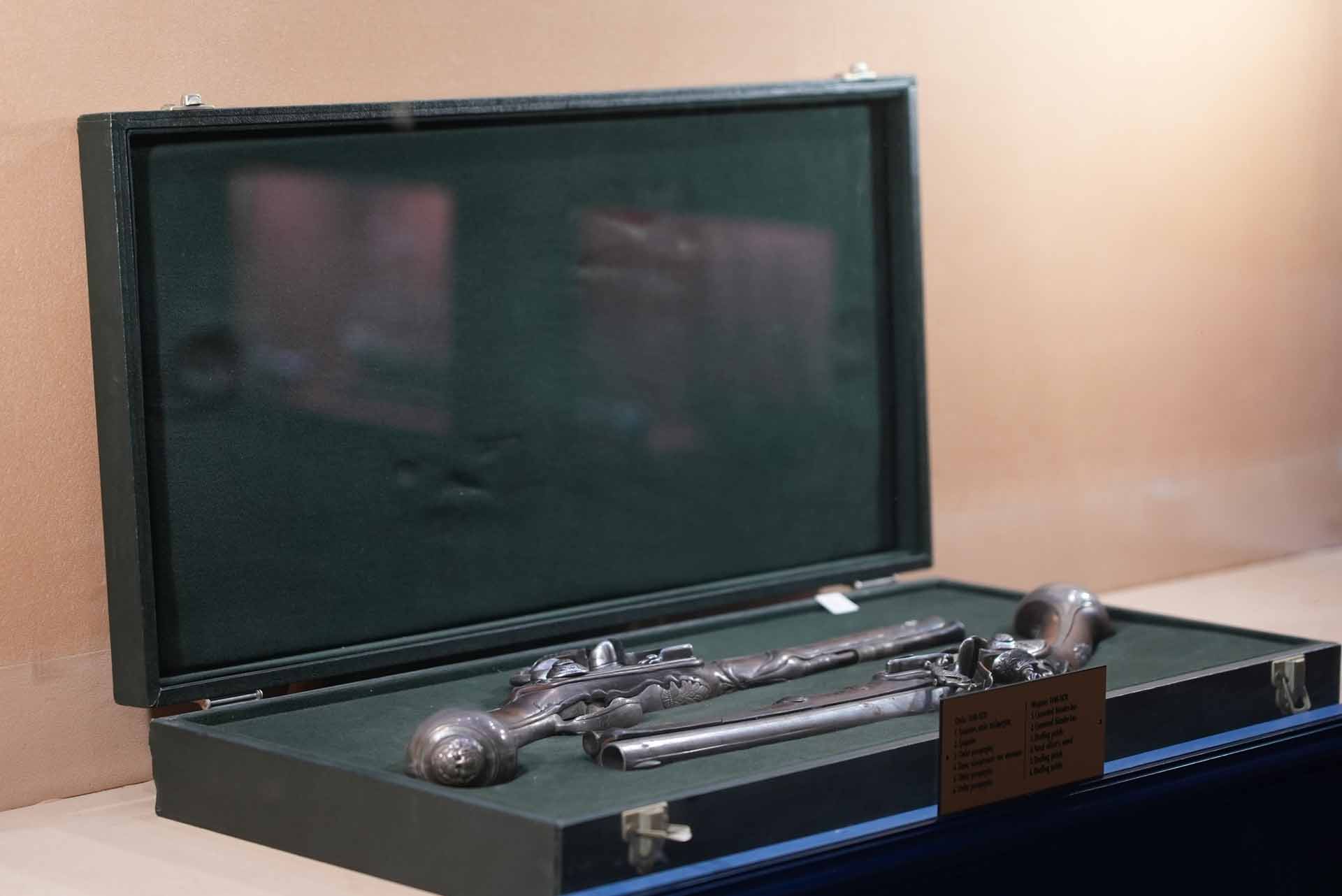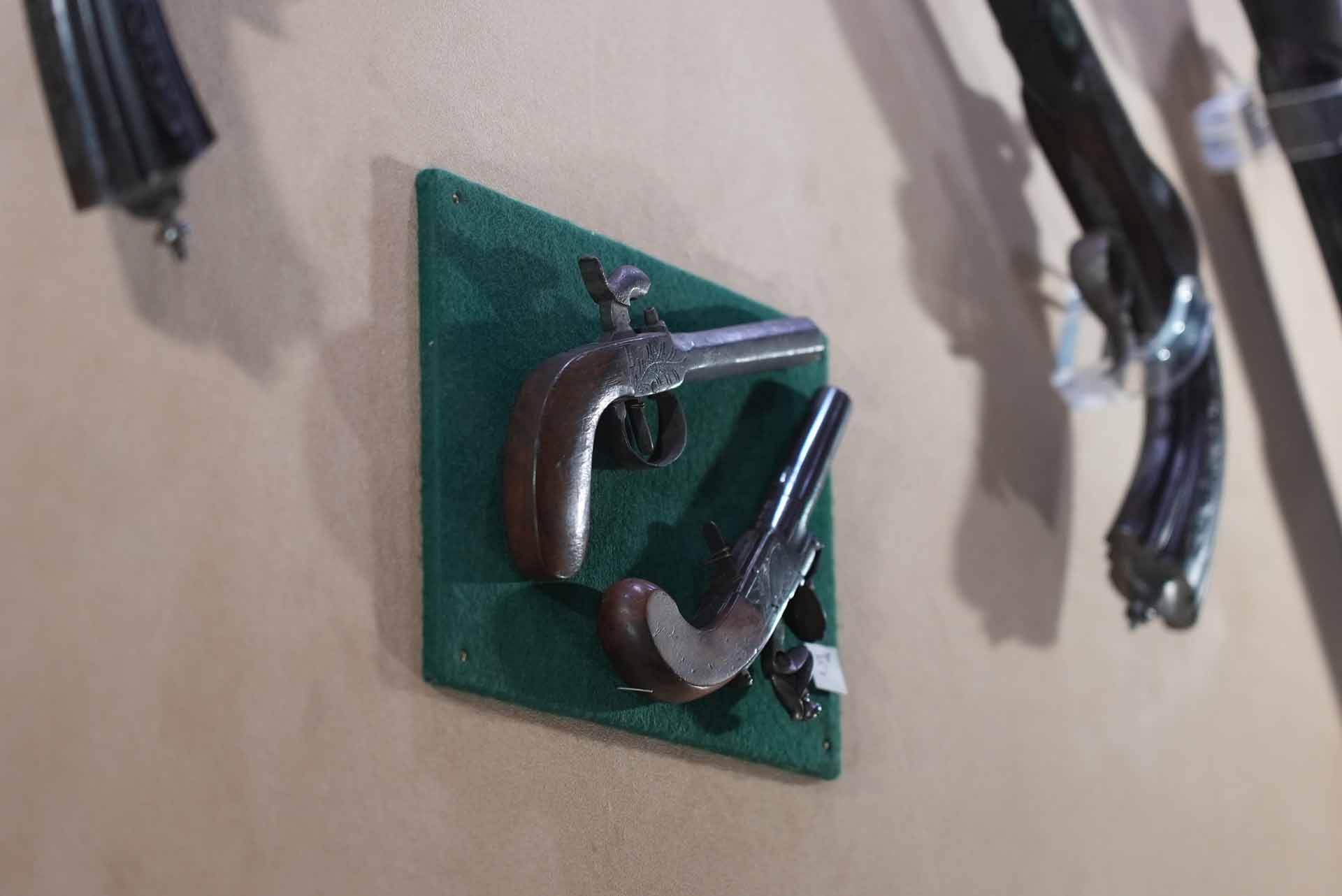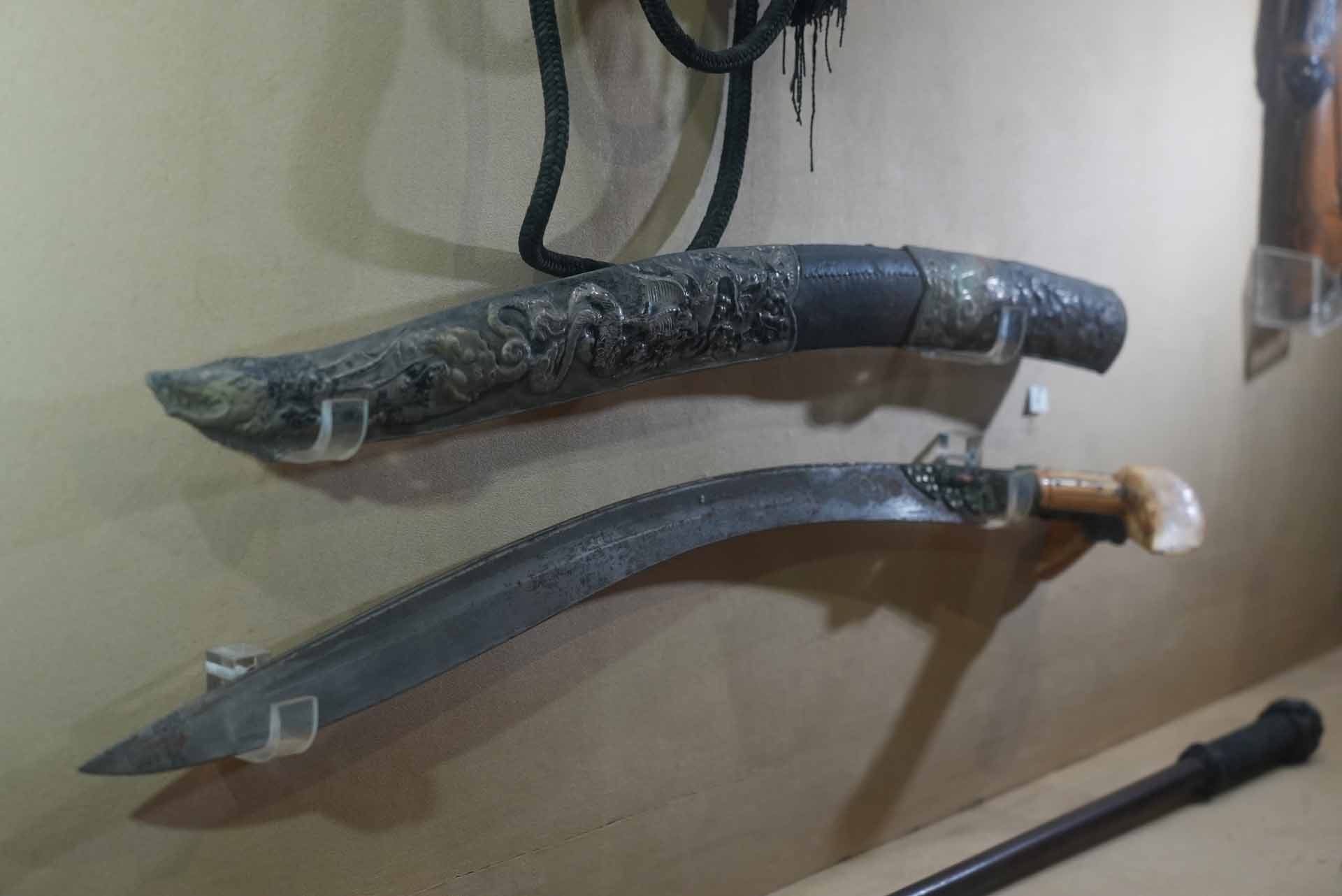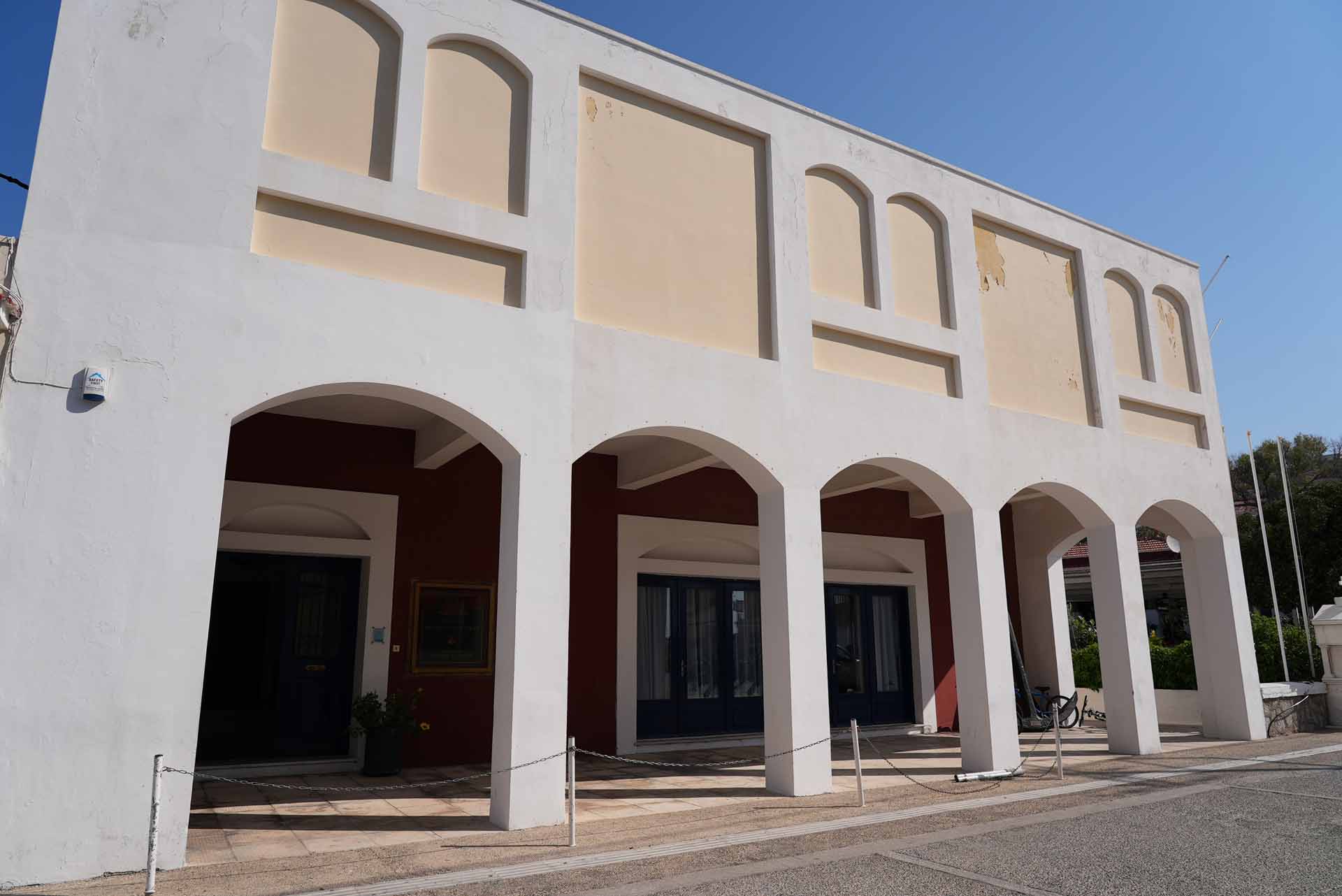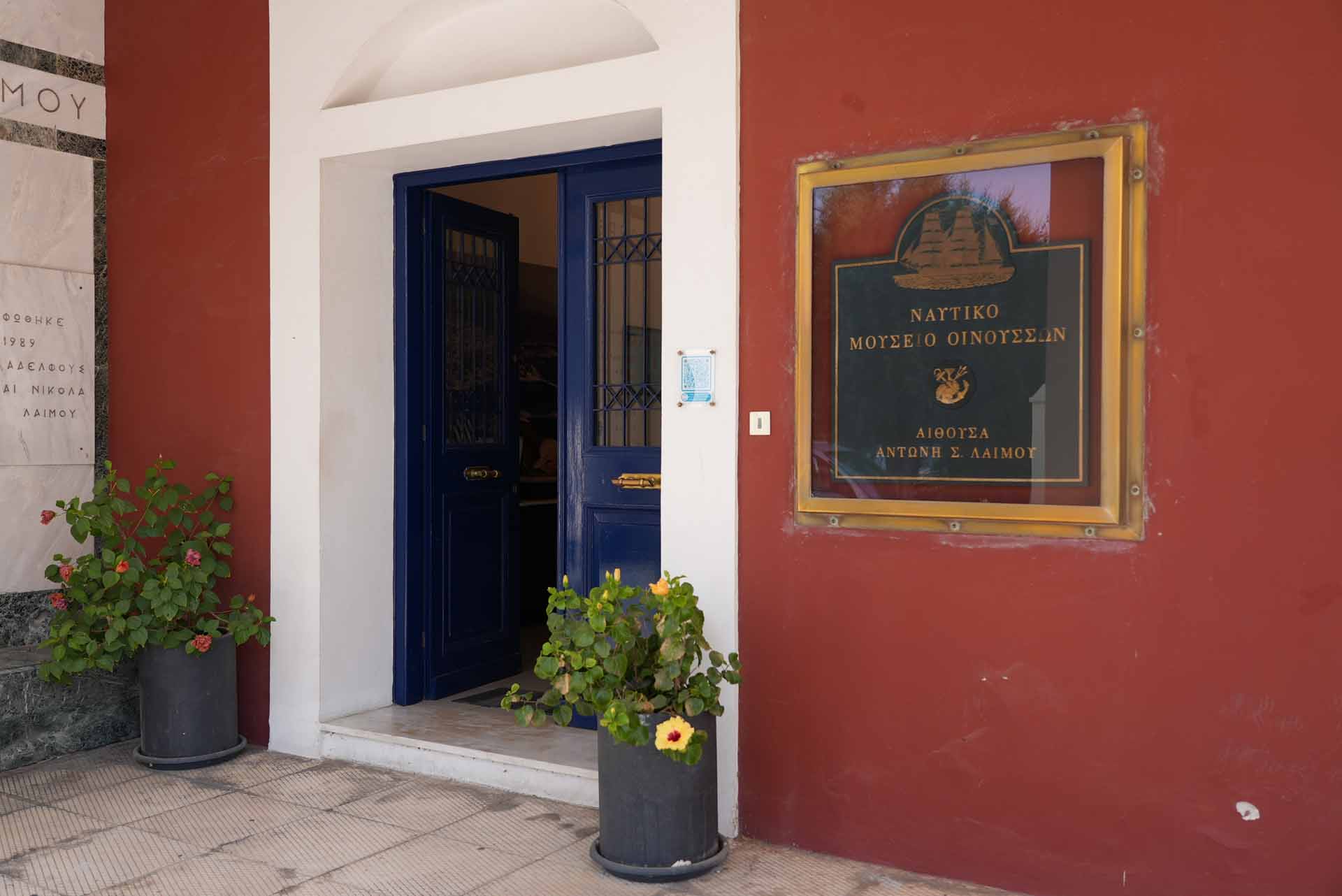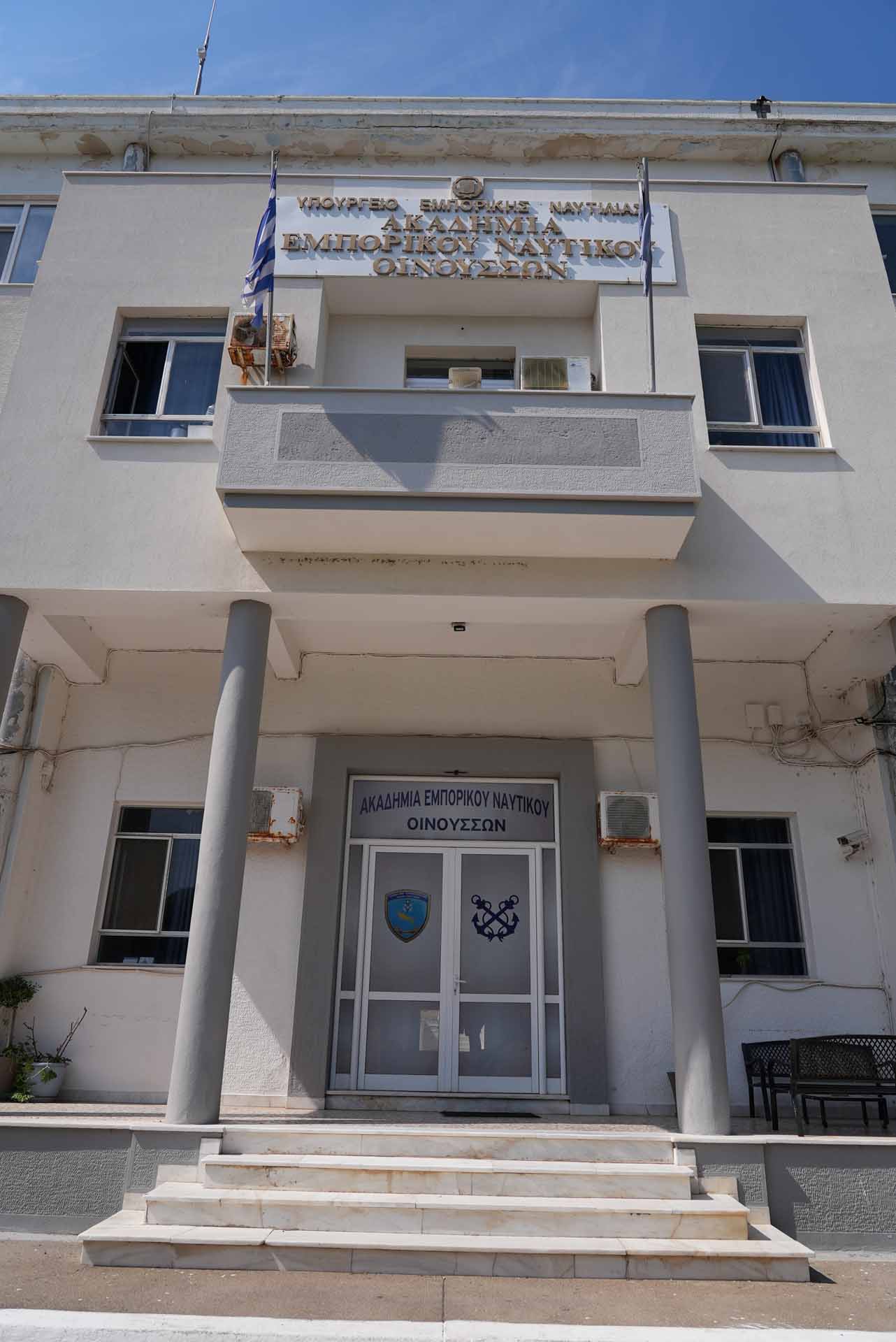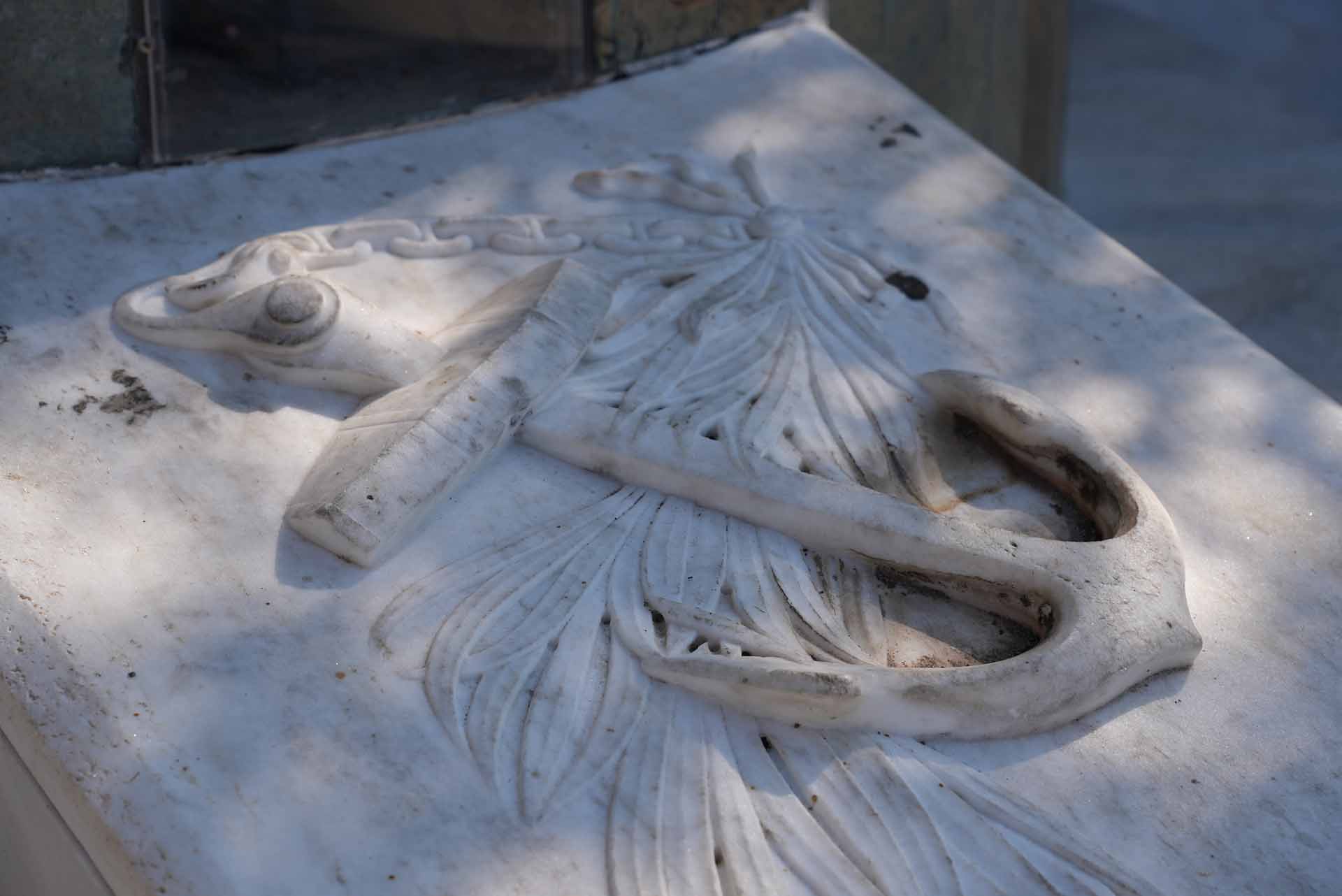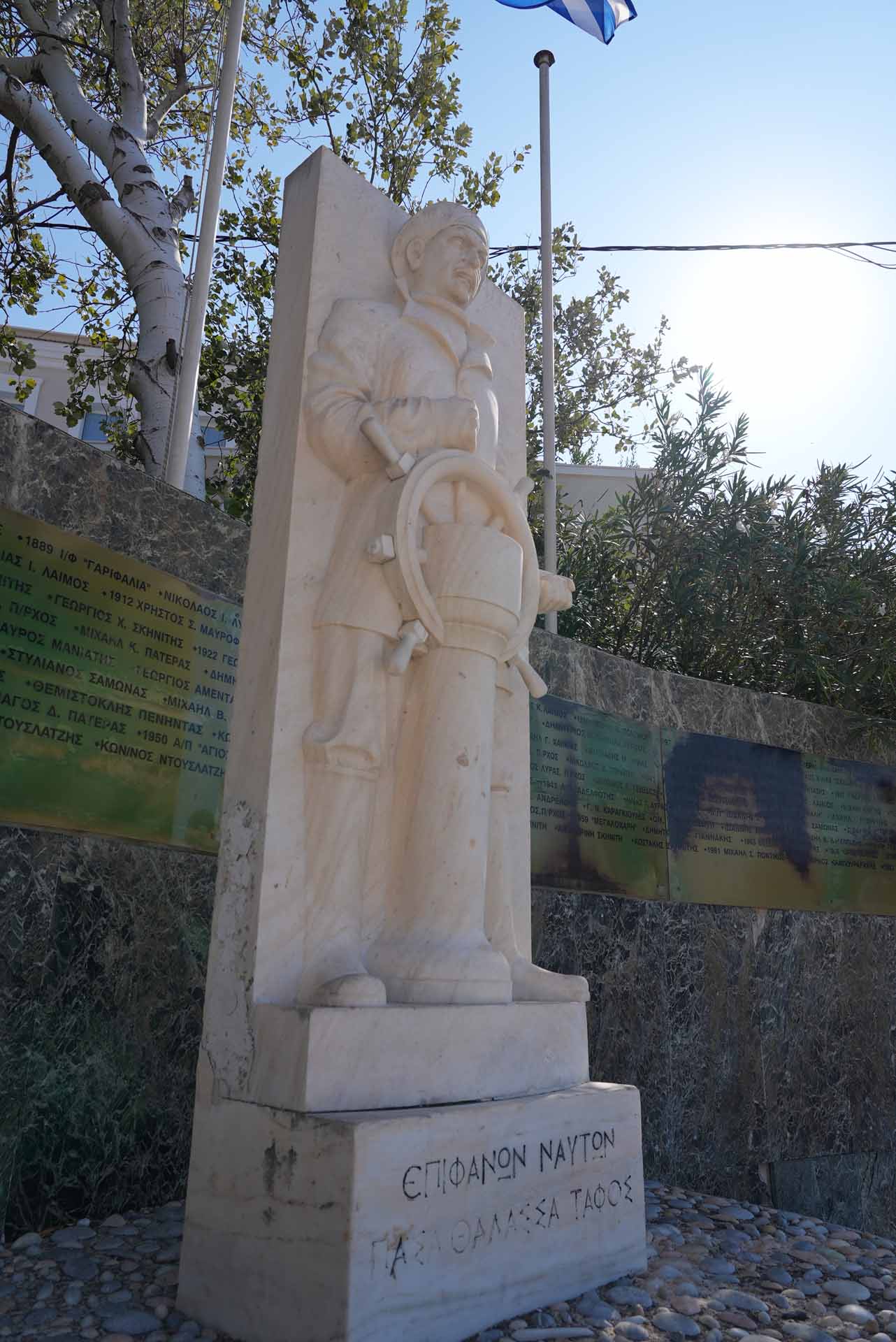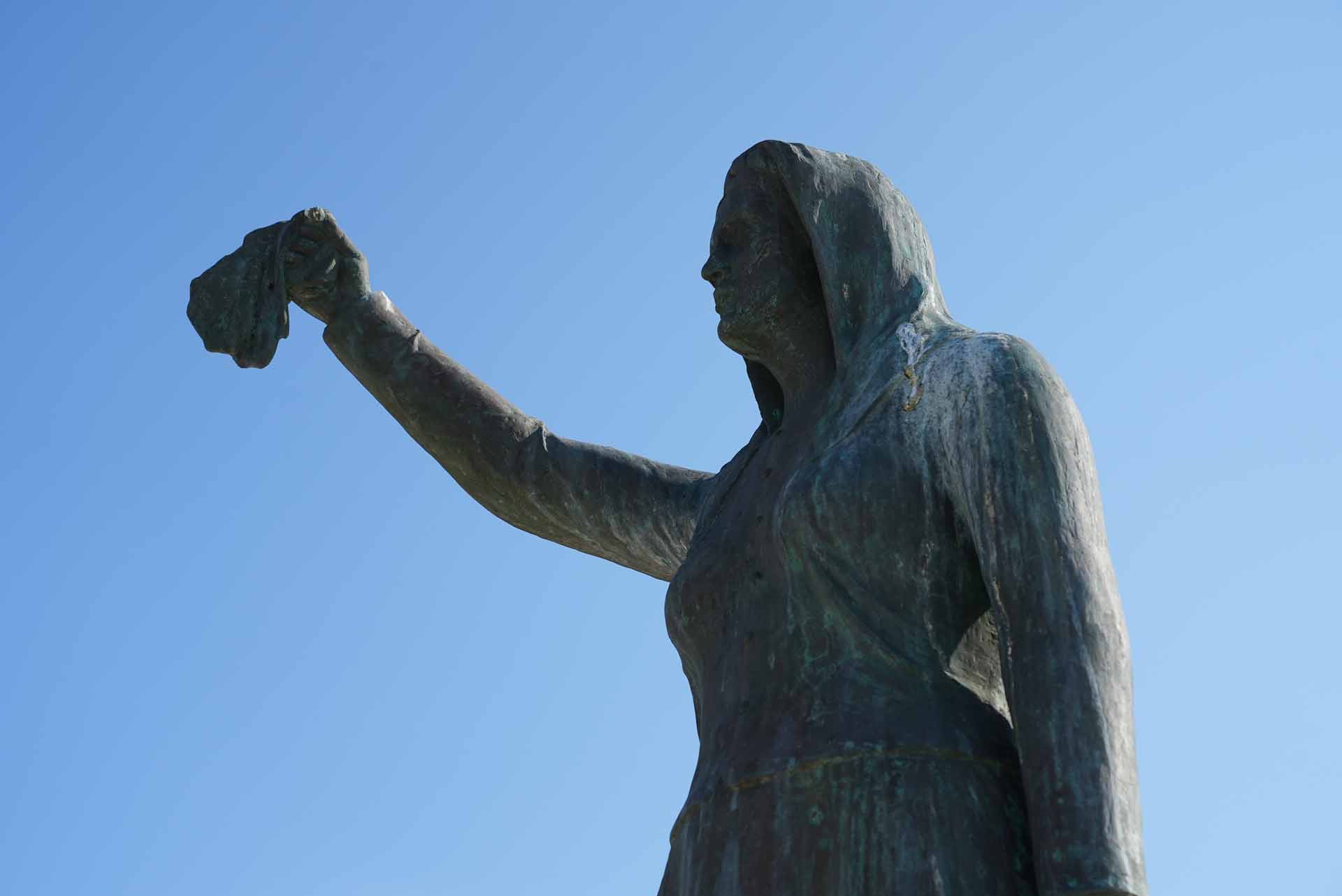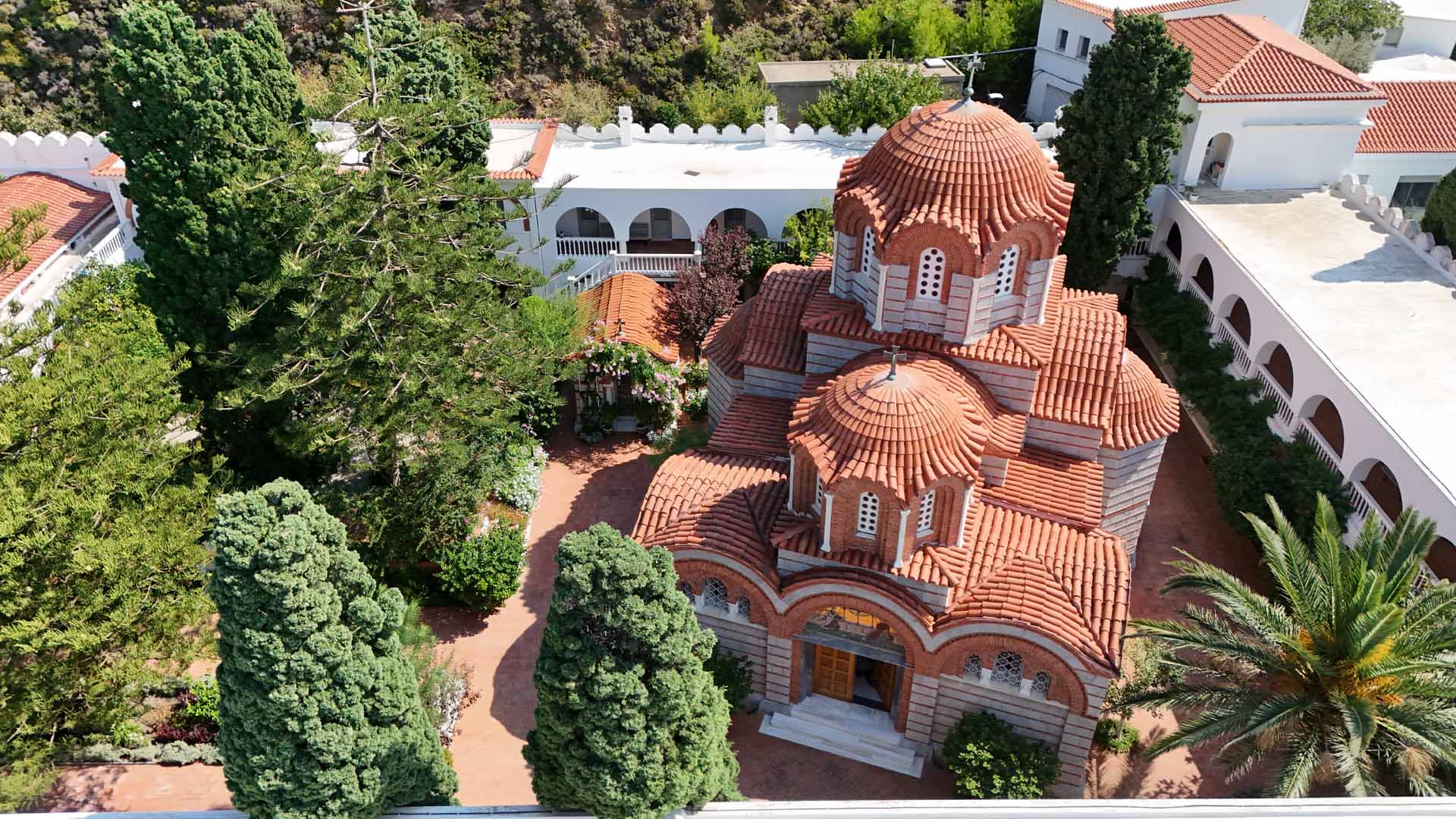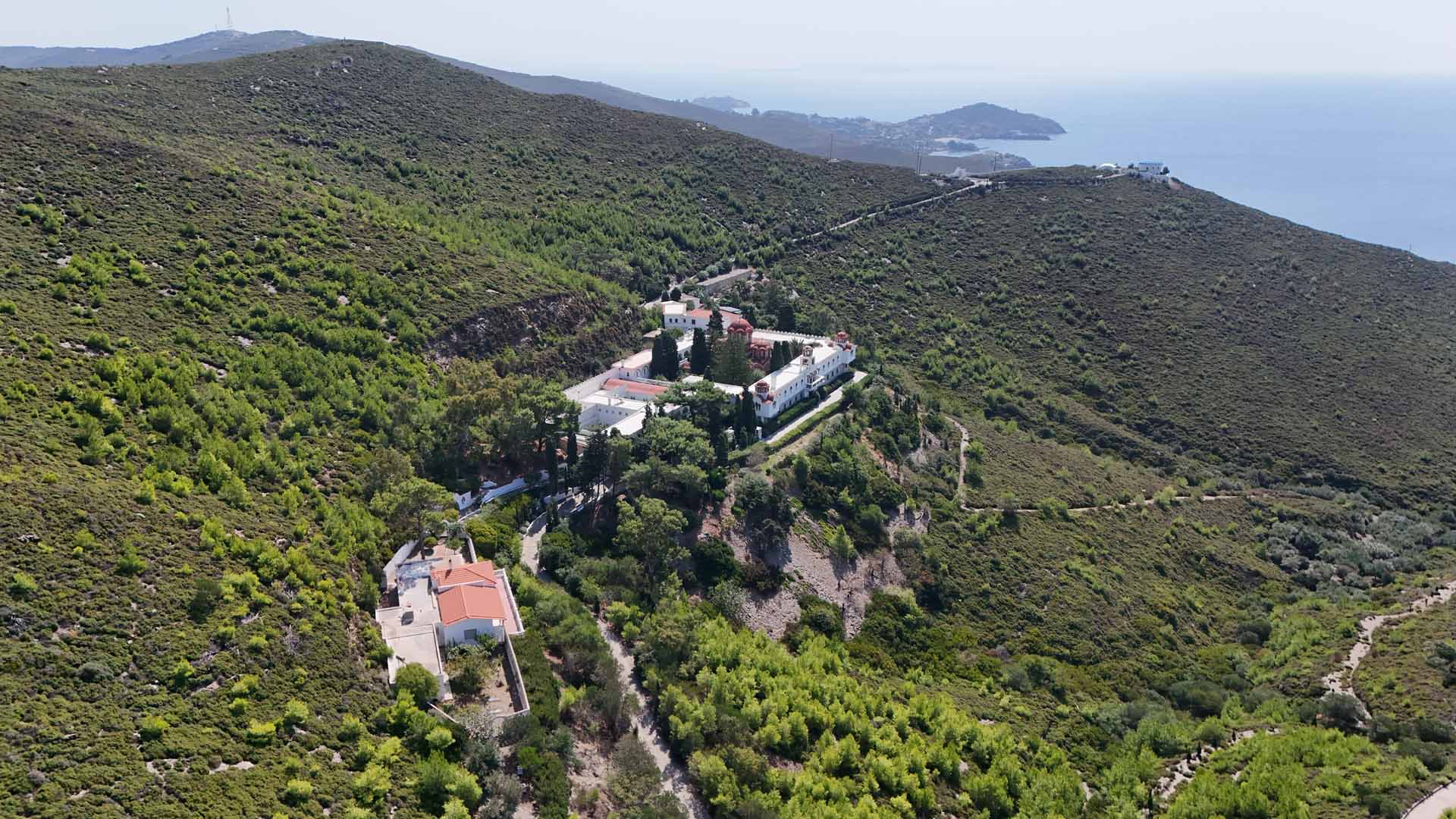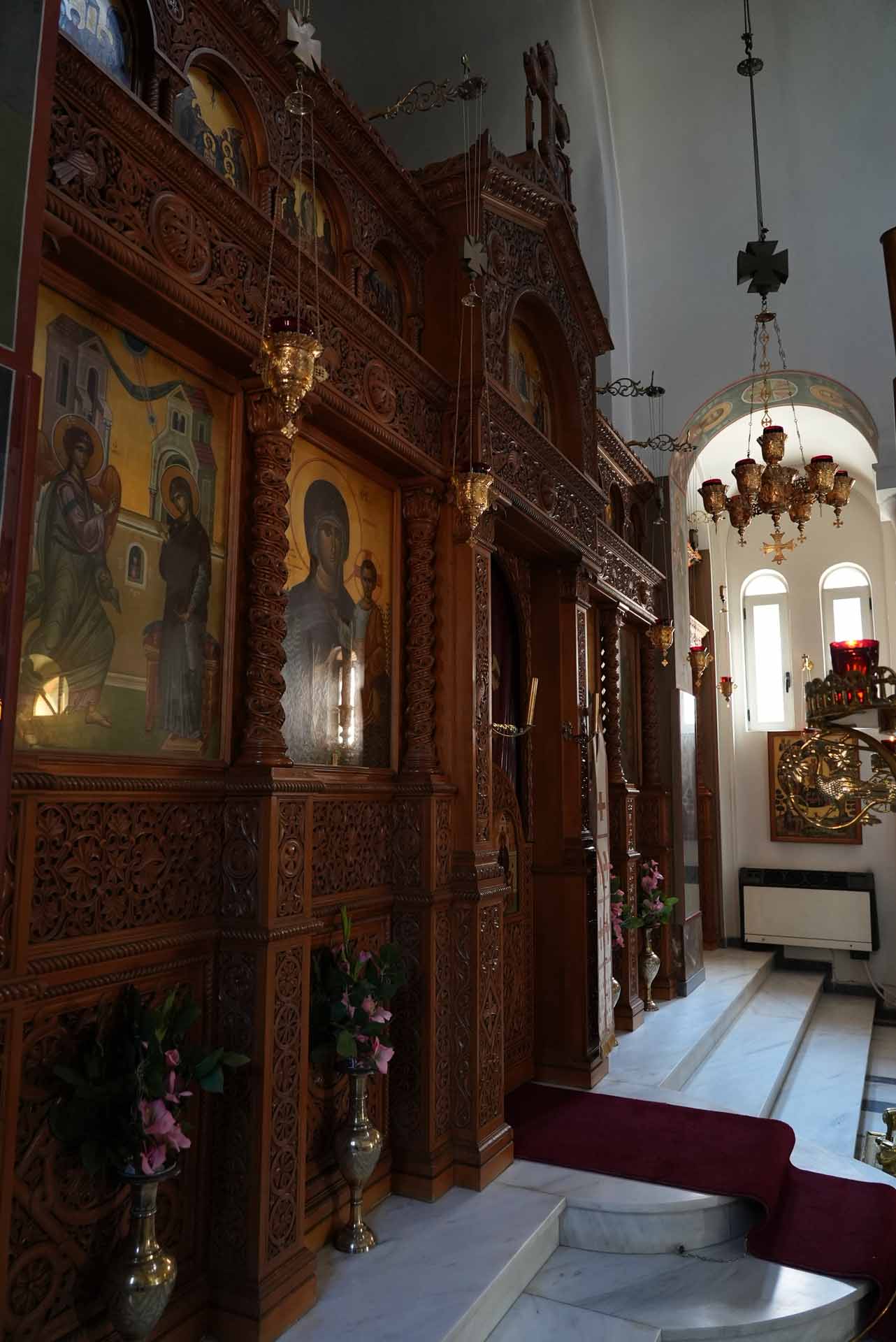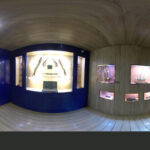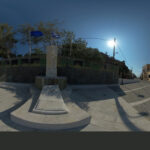Oinousses, inhabited since ancient times, was once renowned for its wine production. By the 19th century, it had a population of around 250, most of whom worked in maritime trades. After the destruction of Chios in 1822, many residents of Oinousses left the island and turned to the sea, whereas during the Crimean War (1853–1856), most of them became involved in sailing. Their deep love for the sea, along with the strong mutual support among Oinoussian families, led to the construction of ships and the expansion of their activities as far as the western Mediterranean.
Oinousses was liberated from Turkish rule in 1912. During the Greek expulsions from Asia Minor in 1914, and again after the Asia Minor Catastrophe in 1922, many refugees found sanctuary on the island, increasing the population to 2,500 by 1928. During the Second World War, the island was occupied by German forces and endured many hardships.
Despite the damage, Oinousses’ shipping industry quickly rebounded. The establishment of the Maritime High School in 1954 helped retain local talent and curb emigration. Additionally, wealthy Oinoussians living abroad funded many public works, while Oinoussian organisations in Athens and London provided assistance to those in need.
Today, Oinousses is home to several landmarks that commemorate its maritime heritage. At the island’s port stands the Oinoussian Mermaid, a bronze statue of a mermaid wearing a crown and holding a sailing ship in her left hand. Another statue, the Oinoussian Mother, depicts a mother waving a handkerchief as she bids farewell to her children setting off on distant voyages. The island also boasts a Maritime High School, a Maritime Museum, the Academy of Commercial Shipping, the historic Church of Saint Nikolaos, and the Monastery of the Annunciation of the Virgin Mary.






